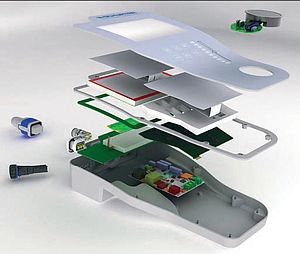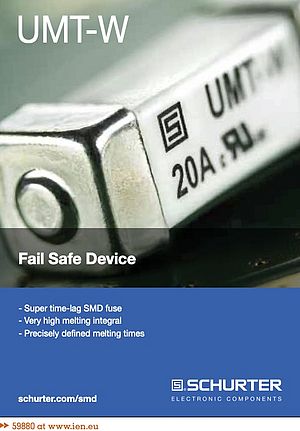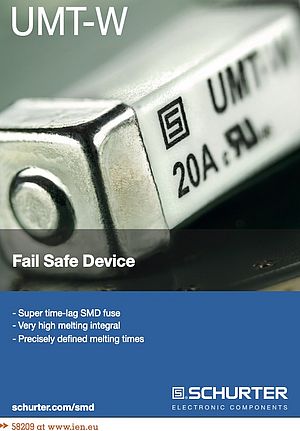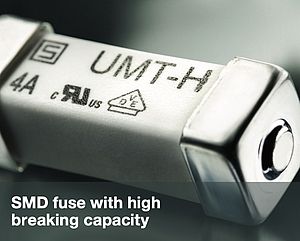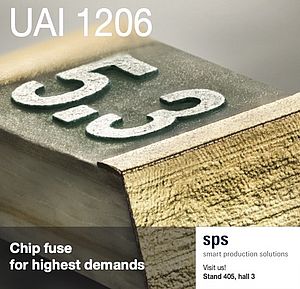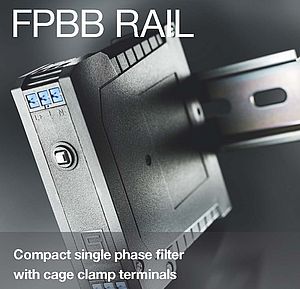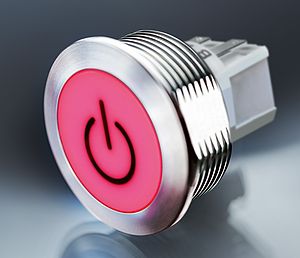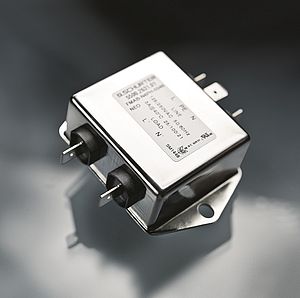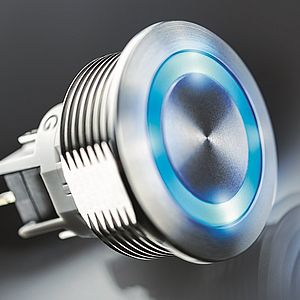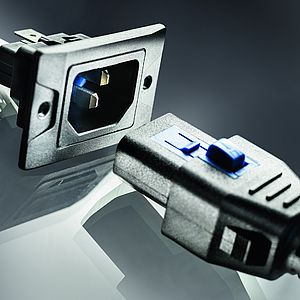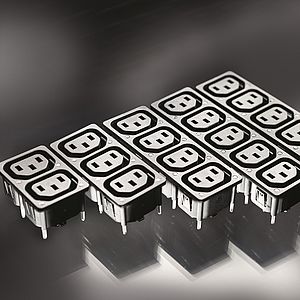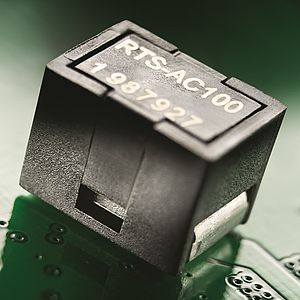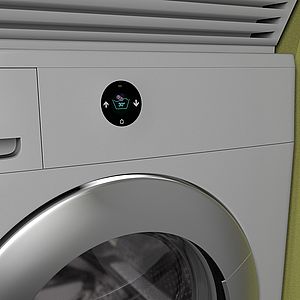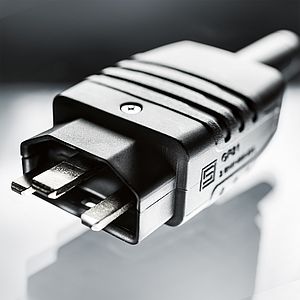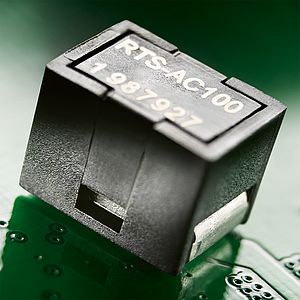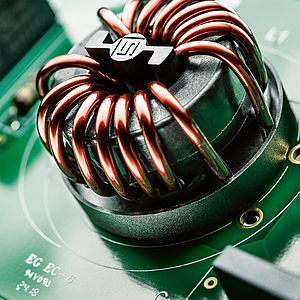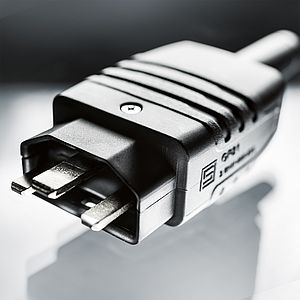The development of IoT allows manufacturers to make their products smart. The SCHURTER Smart Platform, which includes a cloud, user app and device firmware, provides the foundation for developing further products in adequation with the requirements of climate change.
Sustainability through digitalisation
Devices and products that are connected directly to the Internet are becoming more and more prevalent in our everyday lives. The development of IoT (the Internet of Things) allows manufacturers to make their products smart, i.e. enable their connection to the Internet and thereby open up additional functionalities. With the Smart Connector DS11, SCHURTER offer an integrable appliance inlet solution that can be connected to a cloud. This communication capability opens up possibilities for enhancing a simple inlet with additional features. One application is the analysis of measured energy data by artificial intelligence in order to generate usage patterns automatically. Based on this, the respective device is automatically shut down to prevent wasteful operation, such as unnecessary cooling cycles, without foregoing functionality.
Depending on the calculation assumptions, the Smart Connector consumes 0.5 to 0.8 watts of energy per hour – including data traffic thanks to the low data volume of 1 KB/min. This is just a fraction of the energy consumed by comparable devices in standby mode. In the case of a water dispenser, at least 20 per cent of the energy consumption can be saved by preventing unnecessary cooling. For 10 litres of cooled drinking water, this corresponds to around 50 to 60 watts per hour.
The SCHURTER Smart Platform, which includes a cloud, user app and device firmware, provides the foundation for developing further products. A standalone module (DT31) will be realised as a next step for retrofitting everyday devices to enable communication, thereby tapping into further energy saving potential.
New production technologies
For a number of years now, additive production technologies have been opening up interesting possibilities for saving materials in the production of plastic and metal parts. Components can be manufactured according to wishes with the desired technological characteristics and minimal material consumption in a matter of days. SCHURTER applies this additive production method in prototype construction and the production of small series with a batch size of fewer than 1,000 units in order to act quickly and precisely. Moreover, the company is increasingly using numerical calculation tools to counter increased material consumption in the development phase. This allows them to reduce costly and material-intensive testing procedures. (See report attached)

















